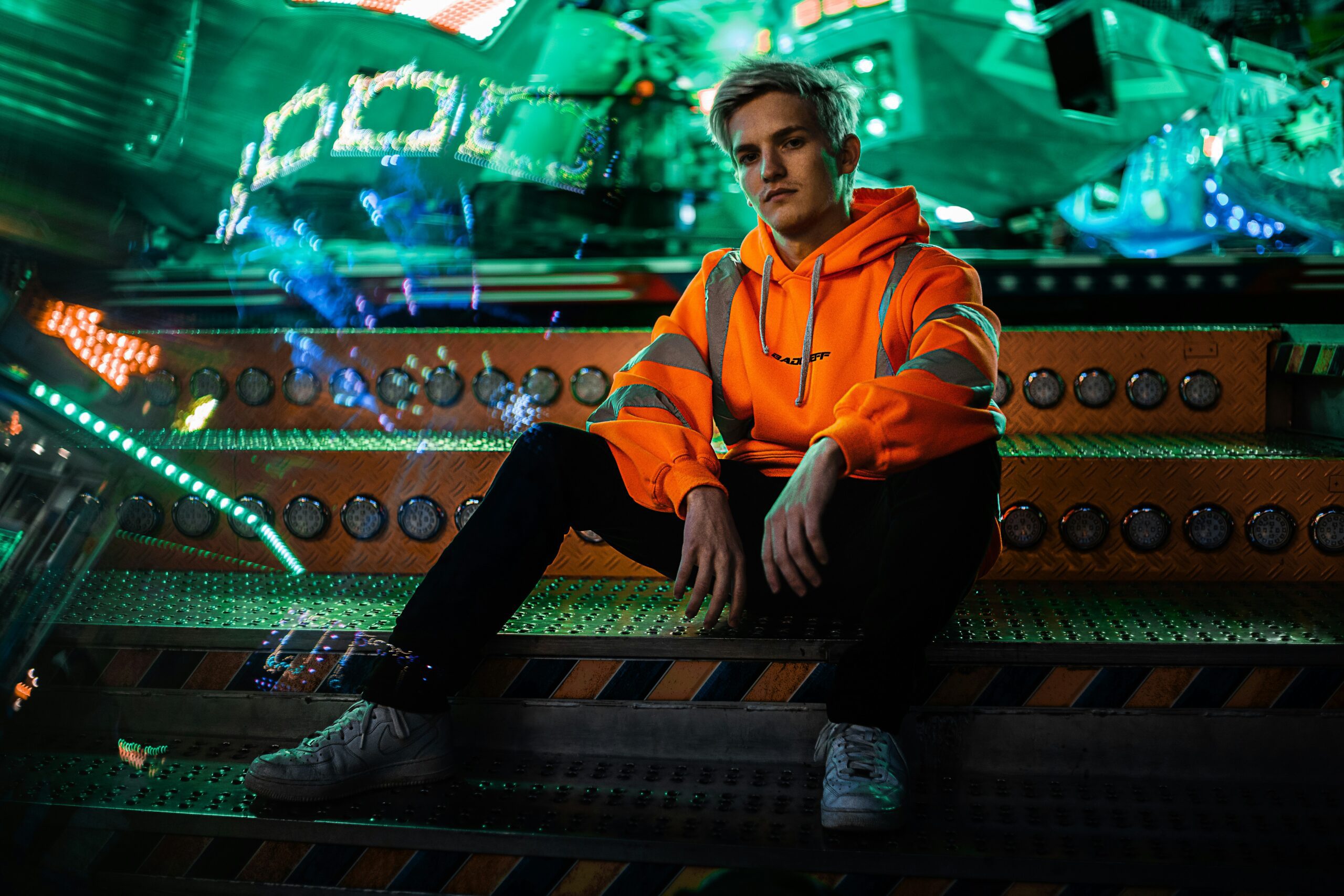

Introduction to the importance of fashion in film
Fashion in film has a unique power. It transcends the screen and seeps into our everyday lives, influencing trends and shaping cultural narratives. From the glamorous gowns of Hollywood’s golden age to the edgy styles of modern cinema, costumes tell stories that resonate long after credits roll.
Every iconic outfit captures a moment in time, blending artistry with character development. We remember not just the characters but also what they wore during pivotal scenes. Let’s take a walk down memory lane and explore some of the most unforgettable fashion moments that have left an indelible mark on both film history and popular culture. Each era brings its own flair, showcasing creativity that continues to inspire designers today. Ready for a stylish journey through film? Let’s dive right in!
The roaring 20s: Gatsby’s glitz and glamour
The Roaring Twenties marked an era of extravagant style and unapologetic opulence. F. Scott Fitzgerald’s “The Great Gatsby” encapsulated this dazzling period, showcasing fashion that was as vibrant as the Jazz Age itself.
Think flapper dresses adorned with beads and fringe, shimmering under the dim lights of lavish parties. These outfits celebrated freedom and femininity in ways never seen before.
Men weren’t left behind either. Tailored suits, wide lapels, and bold patterns made a statement about status — one that echoed throughout society’s hierarchy.
Every detail mattered. Accessories like feathered headbands or elegant cigarette holders completed the look, elevating it to high art.
This cinematic interpretation didn’t just influence clothing; it sparked trends that resonated far beyond film screens. The glitz and glamour became a cultural phenomenon defining an entire decade’s aesthetic identity.
The 90s grunge era: Clueless’ iconic plaid outfits
The 90s grunge era brought a refreshingly casual vibe to the world of film fashion. Among its many contributions, “Clueless” stands out with unforgettable plaid ensembles that defined a generation.
Cher Horowitz and her friends epitomized effortless style. The bright yellows and classic patterns became synonymous with teen culture. Their outfits were more than just clothing; they represented individuality and confidence.
Every scene was a fashion statement, from Cher’s iconic yellow blazer to Dionne’s breathtaking hats. These looks inspired countless fans and created trends that echoed far beyond the silver screen.
The playful mixing of textures added layers of personality to each character’s wardrobe. It wasn’t merely about looking good; it was about expressing who you are through your choices.
“Clueless” demonstrated how fashion can shape identity, leaving an indelible mark on both cinema and pop culture in a way few films have since achieved.
Modern classics: Sex and the City’s designer ensembles
“Sex and the City” revolutionized fashion on television. The show brought designer labels into our living rooms, turning characters into style icons.
Carrie Bradshaw’s love for Manolo Blahniks became legendary. Each episode was a showcase of glamour and bold choices. From her tutu skirts to chic outfits, viewers were captivated.
Charlotte’s preppy elegance contrasted sharply with Samantha’s daring looks. Miranda’s power suits made a statement about career-driven women while highlighting versatility in fashion.
The series celebrated individuality through its character styles. It encouraged fans to express themselves through clothing.
Fashion plays an essential role in storytelling here; it reflects personalities and arcs effortlessly. Even years after its finale, the influence remains strong, inspiring new generations of fashion lovers around the world.
Each ensemble was not just clothing but a narrative thread woven into life in New York City—a city where every corner had potential for style evolution.
Game-changing moments: Lupita Nyong’o’s stunning red carpet looks
Lupita Nyong’o has transformed the red carpet into a runway of bold statements. Her fashion choices have consistently pushed boundaries and redefined elegance.
From her dazzling Prada gown at the 2014 Oscars to that mesmerizing sky-blue Calvin Klein number, each appearance tells a story. The way she embraces color is refreshing—vivid hues against her complexion create magic.
Her fearless approach doesn’t stop at colors alone. Lupita often opts for unique silhouettes that challenge conventional norms. Whether it’s an intricate cape or architectural lines, she captures attention effortlessly.
Accessories play their part too. Often seen with standout earrings or striking clutches, they elevate her looks from stunning to unforgettable.
With each outfit, Lupita sends a powerful message: Fashion is not just about clothing; it’s about confidence, culture, and individuality—a true game changer on every occasion.
The future
As we look ahead, the intersection of fashion and film continues to evolve. Technology is reshaping how designers approach costume creation. We see innovative fabrics, sustainable practices, and virtual reality experiences that bring characters to life in new ways.
With streaming services on the rise, diverse stories are coming to the forefront. This shift allows for a broader spectrum of styles that reflect various cultures and perspectives. Emerging filmmakers are eager to make bold choices that turn heads both on-screen and on red carpets worldwide.
The future also holds exciting collaborations between high-fashion brands and indie films. These partnerships can lead to trendsetting ensembles that redefine what it means to dress for success or elegance in cinema.
Fashion has always told a story; it will continue shaping narratives as we move forward. The next generation of iconic moments awaits us just around the corner—ready for discovery at every premier event.
